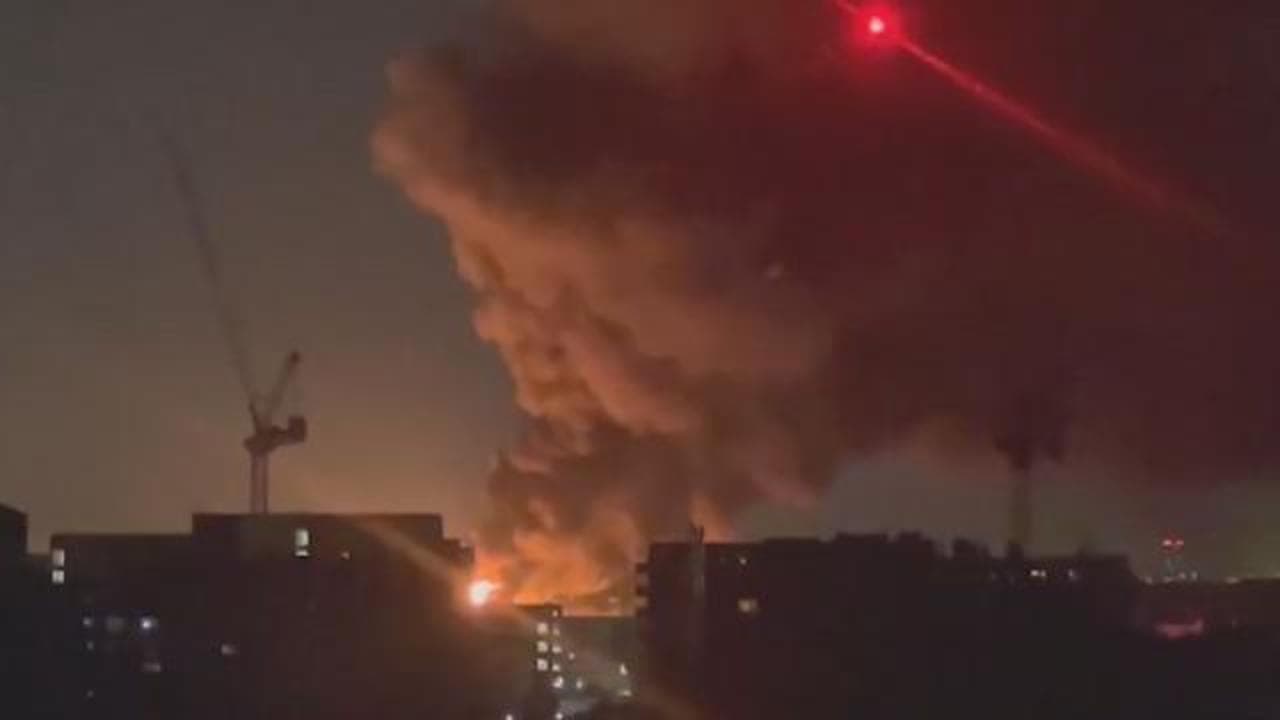Power Outage Grounds Heathrow Flights: Thousands Affected by Airport Chaos
A major power outage at Heathrow Airport plunged the UK's busiest airport into chaos on [Insert Date], grounding hundreds of flights and leaving thousands of passengers stranded. The incident, which began at approximately [Insert Time], caused widespread disruption, highlighting the vulnerability of air travel to even seemingly minor infrastructure failures. This article delves into the details of the outage, its impact, and the ongoing recovery efforts.
The Extent of the Power Outage
The power outage, affecting [Specify affected areas of the airport, e.g., Terminals 2 and 3], caused a complete shutdown of several key systems. This included:
- Ground handling operations: Baggage handling, aircraft towing, and passenger boarding were all severely hampered.
- Air traffic control: While air traffic control wasn't entirely disabled, operations were significantly slowed, leading to flight delays and cancellations.
- Airport communication systems: Communication between airport staff, airlines, and passengers was disrupted, adding to the confusion and frustration.
- Check-in and security systems: Passengers faced long queues and delays as check-in and security processes were significantly impacted.
The scale of the disruption is unprecedented in recent years, with [Insert Number] flights either cancelled or significantly delayed. Airlines including [List affected major airlines, e.g., British Airways, Virgin Atlantic] were forced to reroute flights or cancel departures and arrivals.
Impact on Passengers
Thousands of passengers were left stranded, facing long delays, missed connections, and uncertainty about their travel plans. Social media was flooded with complaints and stories of passengers trapped on planes on the tarmac for hours, dealing with lack of air conditioning and limited access to food and water. Many passengers reported difficulties contacting airline representatives due to the communication failures. The situation underscored the need for robust contingency plans to handle such large-scale disruptions and better passenger communication strategies in the event of emergencies.
The Cause and Response
While the exact cause of the power outage remains under investigation, initial reports suggest [Insert reported cause, e.g., a fault in the main power supply]. Heathrow Airport swiftly issued statements updating passengers on the situation, though many criticized the initial lack of information and the slow response. Engineers worked tirelessly to restore power, and the airport gradually resumed operations later in the day, though significant delays persisted for several hours.
Heathrow's Response and Future Implications
Heathrow Airport's response to the crisis will undoubtedly be subject to scrutiny. The incident highlights the need for:
- Improved infrastructure resilience: Investing in redundant power systems and backup generators to prevent future outages.
- Enhanced communication strategies: Developing clear and effective communication channels to keep passengers informed during disruptions.
- Strengthened contingency planning: Implementing comprehensive plans to minimize disruption and support passengers in emergency situations.
- Increased transparency: Providing timely and accurate information to passengers and stakeholders throughout the crisis.
The incident serves as a stark reminder of the critical role reliable infrastructure plays in the smooth functioning of air travel. The long-term implications for Heathrow Airport and the aviation industry remain to be seen, but this event will undoubtedly trigger a review of safety protocols and emergency response procedures. For passengers planning to fly through Heathrow, it's crucial to monitor flight updates from your airline and to have a contingency plan in place for potential delays or cancellations.
Keywords: Heathrow Airport, power outage, flight cancellations, flight delays, airport chaos, travel disruption, air travel, UK aviation, passenger rights, airport infrastructure, emergency response.
